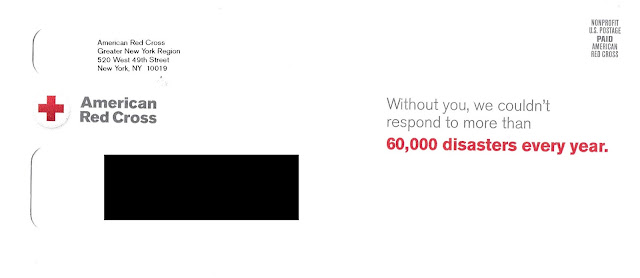I received a
postcard with “PRESIDENT TRUMP’S CORONAVIRUS GUIDELINES FOR AMERICA.” It was
dated March 16 and arrived in my New York City mailbox on March 28.
 |
| Coronavirus Guidelines Mailed Standard Rate |
Let’s look at
this postcard from a direct mail marketing perspective. The primary objective
of the postcard is to motivate people to take action to prevent getting the virus that
causes COVID-19, while the secondary objective is to motivate readers to visit coronavirus.gov for more information. It merits a Fail for Creative for a few reasons.
- White text on a black background is neither easy to print nor read, especially in italics at 9-point font size.
 |
| If you can read the good hygiene tips, you don't need glasses. |
- The Call to Action to visit coronavirus.gov is visually lost.
- On the address side, below a couple graphical icons, the website is suggested as a place to go for more information
- On the copy side, it sits in the corner without a description of the site or a reason to visit it. It is in a good location relative to the layout of the postcard—and bold compared to most of the other content; however, the line starting “EVEN IF YOU ARE YOUNG,” with a blue background, is what draws a reader.
Perhaps the small
postcard is trying to accomplish too much in too little space.
Lessons:
- If your copy is small, make sure you have proper color contrast.
- Make your call to action prominent.



